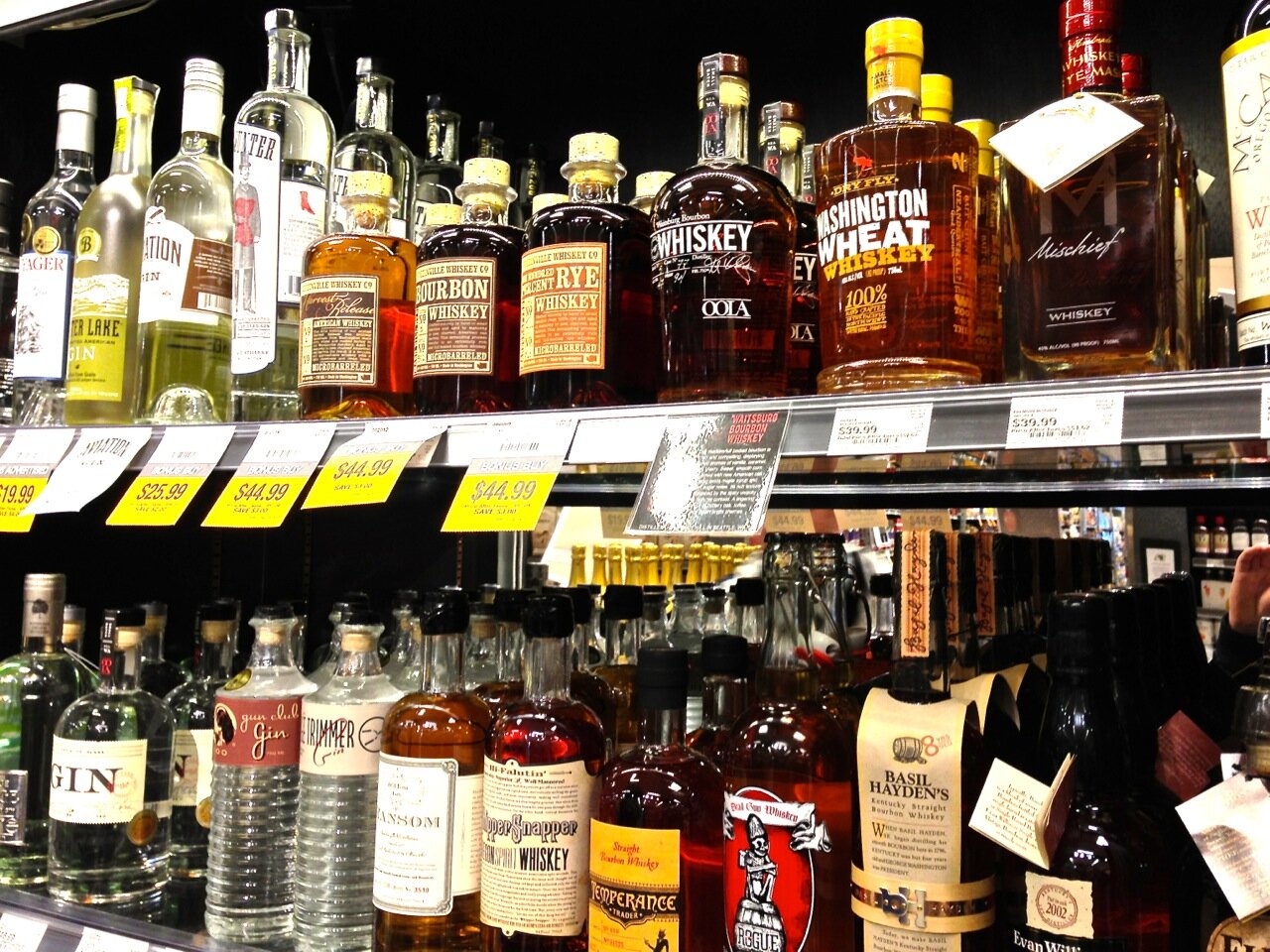What do you think of as “fast food”? I’m sure almost everyone would answer McDonald’s and Taco Bell, but what about Subway, Starbucks or Chipotle? Do all these restaurants fall into the same category, or are there levels of the junk food sector?
Mark Bittman breaks it out for you one way in a New York Times article: “The industry refers to McDonald’s and Burger King as ‘quick-serve restaurants’; Chipotle is ‘fast casual’; and restaurants where you order at the counter and the food is brought to you are sometimes called ‘premium fast casual.’” But Bittman has constructed his own categories based on the quality and sustainability of ingredients and practices.
The categories are: Junk Food—those places like McDonald’s or Subway. Next up is Nouveau Junk, which he explains involves better ambience and maybe better ingredients; Bittman lists Pret A Manger, Five Guys, and Starbucks as examples. Chipotle falls into Bittman’s category of Improved Fast Food because of their fresh ingredients that are prepared in the restaurant. He docks points for flavorless chicken and high-calorie burritos, but awards points for the ease of eating vegan and seeing the chicken cooked right in front of you.
Bittman also lists Chop’t, Maoz, Freshii, and Zoës Kitchen as examples of Improved Fast Food, but he has hopes for a new category: Good Fast Food.
“What I’d like is a place that serves only good options, where you don’t have to resist the junk food to order well, and where the food is real — by which I mean dishes that generally contain few ingredients and are recognizable to everyone, not just food technologists. It’s a place where something like a black-bean burger piled with vegetables and baked sweet potato fries — and, hell, maybe even a vegan shake — is less than 10 bucks and 800 calories (and way fewer without the shake).”
Bittman offers his own recipes for this meal: burger, fries, shake. His hope is that if it is cheap and easy for people to make this meal in their home, then corporations will pick up on the growing demand for food like this. The meal he outlines is relatively simple, cheap and quite delicious. I have made it twice now, and here are some things I’ve learned in the process.
The Black-Bean Burger
This is a flavorful, hearty burger without being overly greasy or leaving you with some serious regrets after consumption. The outside is crispy, and the inside is warm and soft. The fatter you make your burger patty, the more soft it will be on the inside. If you like a more well-done texture to your burger, I would make your patty thinner than usual because the outside crisps quite quickly and I was unable to achieve a more well-done texture on the inside of the thicker patties I made. One of the more expensive ingredients for the burger is the dried porcini mushrooms. I made the burger once without the mushrooms and there was almost no difference in the texture and consistency of the final result. There is a small difference in flavor, but if you are trying to save money or you don’t like mushrooms, you can leave them out in good conscience. I served this burger with sautéed onions and avocado on Dave’s Killer Bread to great success.
Sweet Potato Fries
For maximum crispiness of the fries, I discovered it is super important to have your oven very hot. Since my oven is quite old and doesn’t heat very well, I had to heat it to more than the suggested 400ºF in order to get my fries to crisp and brown in a reasonable amount of time. Moving the oven rack closer to your element (whether it’s on the top or the bottom of your oven) will help with this as well. The seasoning Bittman suggests for these fries creates a salty, flavorful fry that is balanced by the sweetness of the potatoes. Best sweet potatoes fries I’ve ever had.
Mexican Chocolate Shake
The tofu works well in this shake. With a raggedy-old blender such as mine, you are left with a slight sandy feeling at the end, but if you have a better blender you may be able to avoid this. One mistake I made with this shake was using dark chocolate instead of semi-sweet; another was using coconut creamer instead of almond milk because it came in a smaller container. The combination of dark chocolate and a heavier milk substitute made this shake taste more like a heavy mousse that you could only eat a few bites of than a light, chocolaty shake to accompany a burger and fries. Despite the mistake of using the coconut creamer, I was surprised to find that there was no coconut flavor mixed in with the chocolate. With the right ingredients this shake has the potential to be exactly what it should. Don’t be put off by the tofu, it’s exactly what this shake needs.
